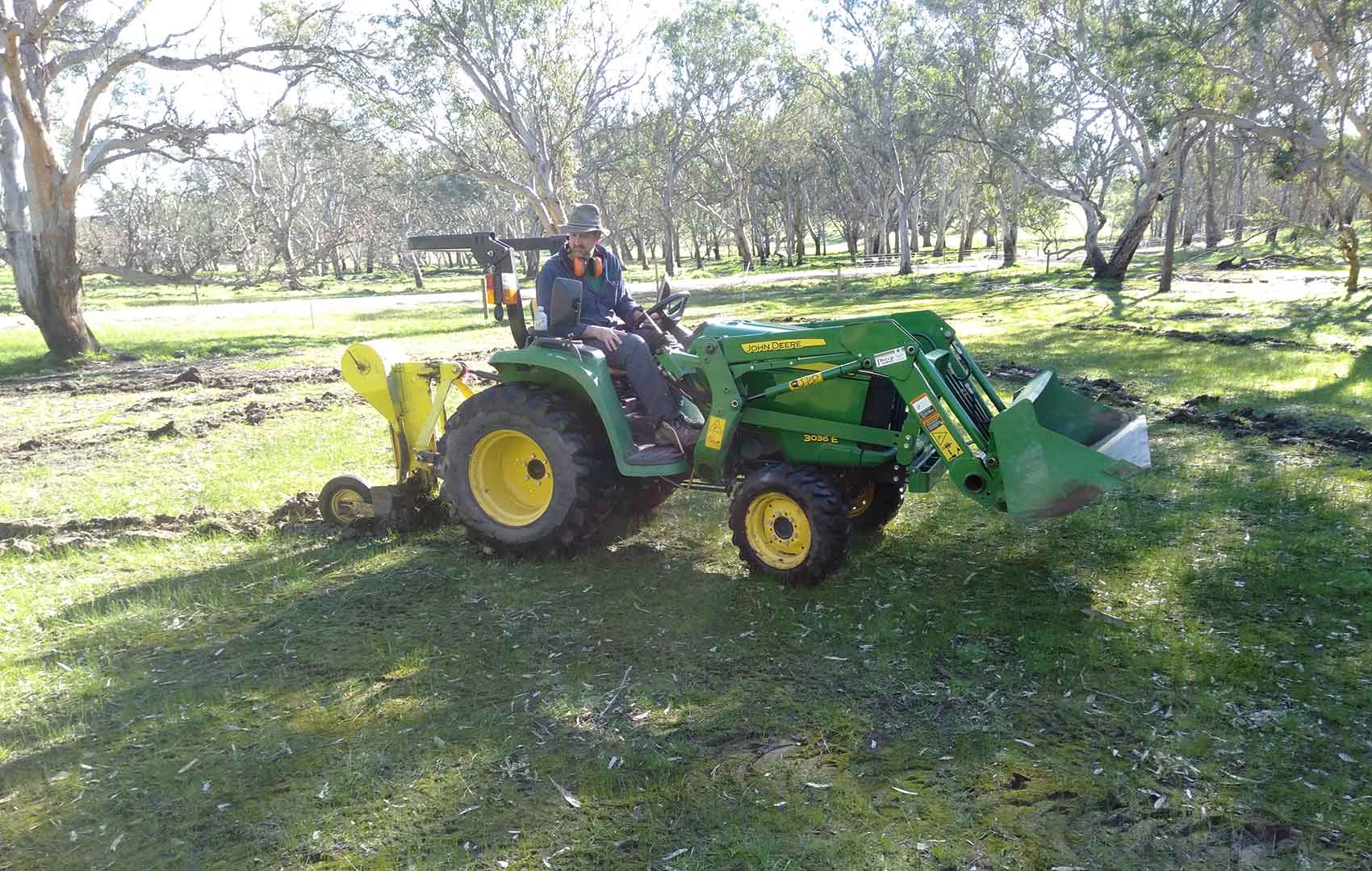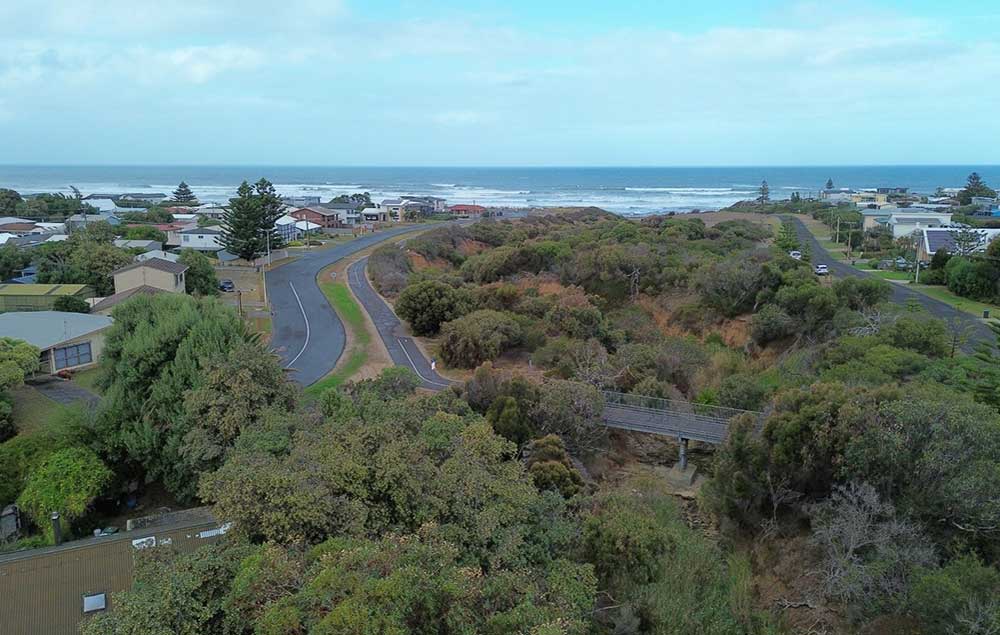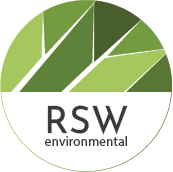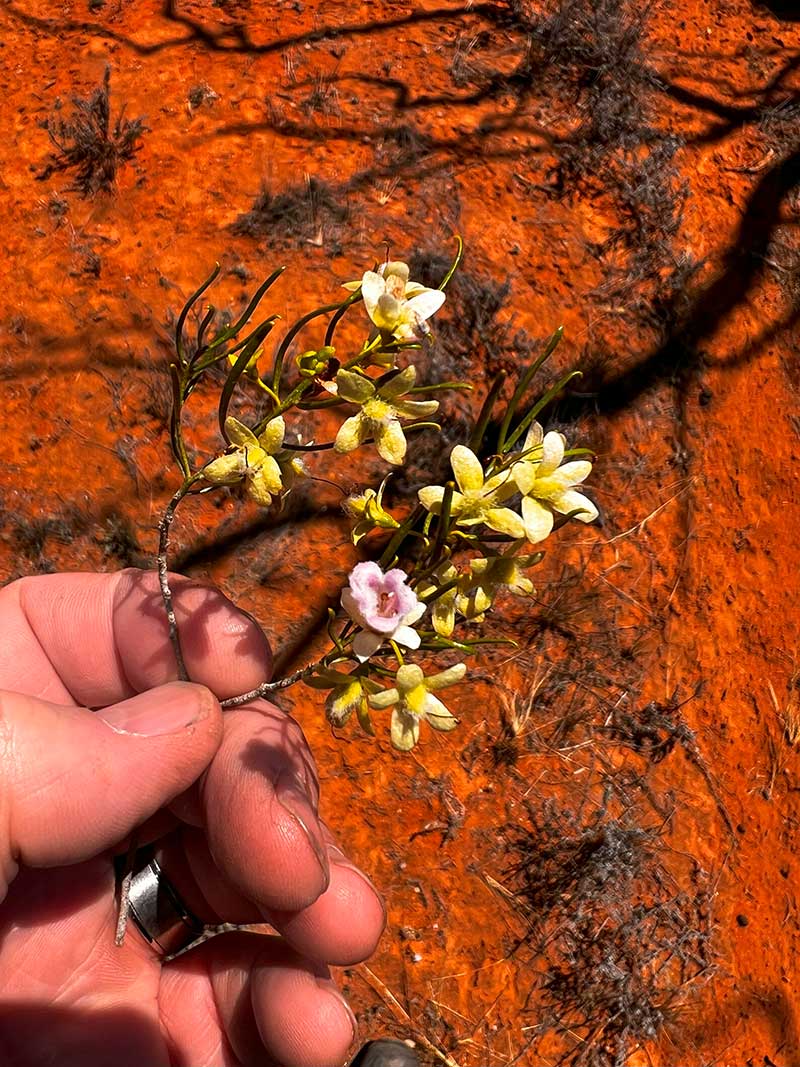Environmental restoration services
Practical and ecological restoration strategies that improve land condition and support long-term outcomes
We help landholders, councils, and regional bodies plan and deliver effective restoration projects across South Australia.
Why land managers seek environmental restoration advice
Landholders, councils, and project managers often face complex challenges when trying to restore land from degraded conditions and ecological threats to tight grant deadlines and unclear market pathways.
RSW Environmental supports clients to navigate these challenges with strategic advice, clear restoration plans, and tools that make implementation manageable. Restoration plans can be designed to align with ACCU Scheme, Nature Repair Market, or state offset requirements depending on your goals.
Common restoration challenges
Declining land condition from overgrazing, salinity, or invasive species
Uncertainty about participating in schemes like the ACCU or Nature Repair Market
Lack of tailored restoration guidance: what to plant, where, and how to manage it
Limited in-house capacity for GIS mapping, compliance reporting, or monitoring
Tight timelines for funding milestones or demonstrating progress


Our environmental restoration and planning services
Our environmental restoration and planning services are comprehensive and end-to-end supporting clients from initial site assessment through to implementation, monitoring, and compliance. What we deliver depends on the goals and scale of the project but typically includes the following areas.

Site analysis and baseline assessments
Comprehensive understanding of vegetation condition, ecological threats, land capability, and hydrological features informed by fieldwork and spatial tools.
Concept and strategic restoration plans
High-level documents outlining priority areas for restoration, proposed interventions (e.g., native planting, erosion control), and overall project objectives.
Detailed ecological restoration plans
Practical guidance on species selection, planting schedules, weed and pest control strategies, and soil or water management approaches tailored to the landscape context.
GIS mapping and spatial planning
Visual tools to support implementation, including maps of staged works, fencing, revegetation zones, and access restrictions.
Implementation support
Assistance sourcing native plants, engaging contractors, or guiding landholders through on-ground delivery.
Monitoring frameworks
Clear methodologies to track ecological recovery, report progress, and assess impact against project goals or grant milestones.
Compliance and funding integration
Restoration plans are designed to align with biodiversity or carbon credit schemes where applicable, including ACCU and Nature Repair Market eligibility.
Monitoring frameworks
Clear methodologies to track ecological recovery, report progress, and assess impact against project goals or grant milestones.
Examples of recent environmental restoration projects
- Watercourse restoration and approval pathways under Native vegetation Act for a regional council
- Identifying carbon sink opportunities in rangeland areas for pastoral properties
- Conducting third-party due diligence on a carbon restoration project prior to acquisition.
- Due diligence assessment on existing carbon projects.
- Ecological impact assessment for regional council’s wastewater project.
- Stormwater management ecological impact assessment for coastal council
- In setting strategy, including commodity certificates for corporate agricultural company
- Due diligence for carbon modelling project under CFI Act.

Engagement models for restoration projects
RSW Environmental works with landholders, councils, and organisations across a range of engagement models from short advisory input to multi-year project delivery. The level of involvement depends on the client’s capacity, project scope, and funding model.
Here is how we work at a glance
- Short engagements = expert input, plans, and strategy
- Medium engagements = planning through to implementation
- Long engagements = full project lifecycle including monitoring and compliance
Examples of our restoration engagement models & options
1-2 weeks or up to a month
Advisory role
Technical guidance, restoration strategies, or ecological input provided upfront for clients who wish to implement plans independently. Common among councils, landcare groups, or private landholders with in-house capability.
2–6+ months
End-to-end project support
Leading or coordinate the full lifecycle from initial site assessments and concept design through to restoration planning, implementation support, and monitoring. This is ideal for funded projects, grant recipients, or biodiversity offset programs.
6 months to multi-year
Multi-phase engagement
For larger or staged projects (e.g. wetland recovery, carbon + restoration integration). Working across multiple phases from feasibility and baseline assessment to on-ground works and long-term ecological monitoring. Some of these projects are designed for 5+ years, especially when linked to biodiversity credits, grant milestones, or adaptive management strategies.
OUR CUSTOMERS
Our clients in restoration and ecological planning
RSW Environmental partners with a wide range of clients seeking to improve land condition, meet compliance objectives, or unlock opportunities in environmental markets.
Private landholders and primary producers
Seeking to restore degraded land, improve water retention, reduce erosion, or enhance biodiversity alongside productivity.
Local government and regional authorities
Needing support to design and implement water-sensitive urban design (WSUD) features, restore wetlands, or meet urban greening and biodiversity objectives.
Community groups and Landcare organisations
Requiring ecological planning and technical support to deliver funded restoration projects.
Carbon and biodiversity market participants
Needing site assessments and strategic planning to establish eligible carbon or biodiversity credit projects.
NGOs and NRM bodies
Implementing large-scale environmental programs across catchments, corridors, or priority ecosystems.
faq’s
Frequently asked questions for restoration & ecological planning
display none
What types of restoration projects do you support?
Projects range from small-scale riparian revegetation or erosion control through to large, staged plans for wetlands, biodiversity offsets, or carbon-credit eligible restoration. Each plan is tailored to the site’s ecological context and the client’s goals whether improving productivity, meeting compliance, or participating in markets.
Can you help us access grants or environmental funding?
Yes. Many restoration plans are designed with funding alignment in mind. Plans can support grant applications by outlining measurable outcomes, milestones, and mapping deliverables that funders require. We also help ensure that projects comply with relevant guidelines and reporting frameworks.
Do you manage contractors or implementation directly?
Implementation support can include sourcing native plants, connecting clients with skilled contractors, or advising delivery teams on best practice methods. We do not act as a general contractor, but we stay actively involved to ensure the implementation aligns with the ecological intent and compliance standards.
What kind of data and tools do you use to plan restoration?
We combine on-ground ecological knowledge with spatial tools such as GIS mapping, drone imagery, and remote sensing data. This helps identify priority areas, visualise change, and monitor outcomes over time. Deliverables may include interactive maps, high-resolution site imagery, or vegetation overlays.
How do you ensure compliance with environmental regulations?
Restoration plans are aligned with the relevant legislation and frameworks — including the Native Vegetation Act, Nature Repair Market, and Carbon Farming Initiative. We ensure assessments, mapping, and reporting meet regulator and auditor expectations.
Can restoration be combined with carbon or biodiversity credits?
Yes. In many cases, ecological restoration forms the foundation for generating carbon or biodiversity credits. We assess eligibility, identify carbon sinks, and map creditable zones in line with the Clean Energy Regulator and Nature Repair Market guidelines.
What is the typical timeline for a restoration planning project?
Timelines vary by scale and season, but most planning projects span 1–2 months from site assessment to final plan. Larger or staged projects may run over several months or years with phases including design, implementation, and monitoring.
Do you offer monitoring or follow-up after the plan is delivered?
Yes. We develop practical monitoring frameworks and can support ongoing monitoring such as seasonal photo points, data analysis, or adaptive recommendations. This is especially valuable when tracking restoration outcomes for grants or credit schemes.
Get in touch about your restoration project
If you’re planning revegetation, recovering a degraded site, or need a practical strategy to meet funding or compliance outcomes, let’s start with a conversation. I lead every project personally and provide grounded advice shaped by decades of ecological and land management experience. RSW Environmental works with landholders, councils, and regional organisations across South Australia and interstate by request.
Thanks, Russ